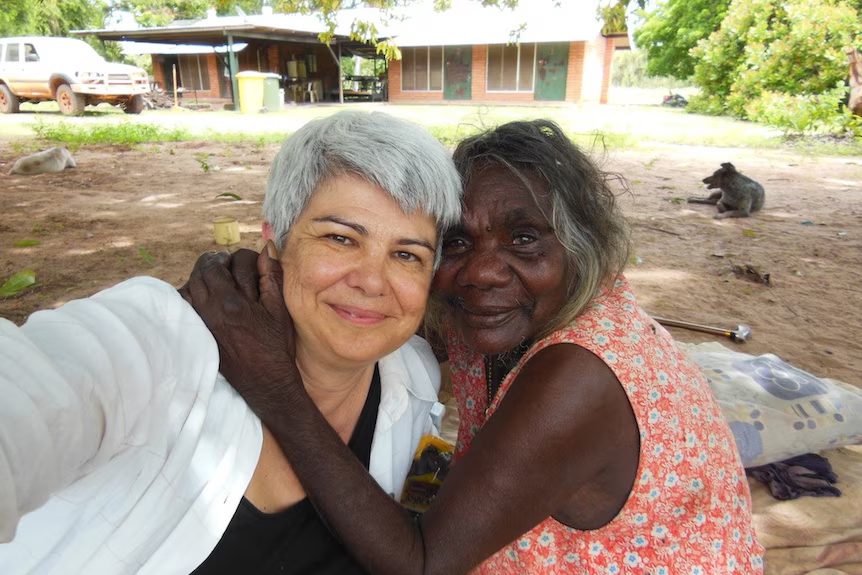NB.1.8.1: The Rise of a New COVID-19 Variant
August 13, 2025
What does ‘Nimbus’ mean for clinicians
As the COVID-19 pandemic moves into its fifth year, a new SARS-CoV-2 subvariant, NB.1.8.1 (also known informally as “Nimbus”) has emerged as the most infectious strain to date. First identified in early 2025 and rapidly becoming dominant across several regions including Australia, NB.1.8.1 is now under scrutiny from global health agencies due to its enhanced transmissibility and ability to evade existing immunity. While it does not appear to cause more severe disease than its predecessors, it raises important questions about the ongoing evolution of SARS-CoV-2, vaccine responsiveness, and the clinical management of COVID-19 in an endemic phase.
NB.1.8.1 is a direct descendant of the Omicron lineage and evolved from the JN.1 variant. It carries a suite of additional spike protein mutations, which may seem subtle in isolation, but together they have granted the virus a measurable increase in fitness, particularly when it comes to binding to the human ACE2 receptor. This translates to more efficient cell entry, a key driver of increased transmissibility. Lab analyses confirm that NB.1.8.1 replicates more efficiently than LP.8.1, the variant it has displaced in many regions.
Alongside improved receptor binding, NB.1.8.1 demonstrates some concerningly modest immune evasion. Studies show that antibodies, whether from prior infection or vaccination, are approximately 1.5 to 1.6 times less effective against this variant compared to the previous versions. Although this is not drastic, it is sufficient to allow NB.1.8.1 to infect individuals with waning or partial immunity, especially those whose last vaccine or natural infection occurred more than six months ago. In Australia, this constitutes a majority of the population. Not only does this reinforce the need for timely booster doses, but it reminds us to keep vigilant, particularly among older adults and high-risk populations.
Symptomatic differences
In terms of clinical presentation, NB.1.8.1 is consistent with prior Omicron sublineages. Patients report symptoms such as sore throat, often described as a “razor-blade” sensation, along with fatigue, nasal congestion, mild fever, muscle aches, and a dry cough. Some anecdotal accounts have noted gastrointestinal symptoms, but these remain relatively uncommon. Crucially, there is no evidence that this variant causes more severe disease than previous strains. Hospitalisation and death rates remain relatively stable, even as case numbers rise. This suggests that population-level immunity, through a combination of vaccination and prior infection, continues to offer reasonable protection against severe outcomes.
From a public health perspective, NB.1.8.1 has been designated a “Variant Under Monitoring” by the World Health Organisation. They have suggested its global public health risk remains low, especially when compared to the Delta or early Omicron waves, however, experts warn that this low risk assumes continued vaccination efforts, robust surveillance, and public health messaging that keeps pace with evolving threats.
Turning focus back to vaccination for now
Vaccination remains our most powerful tool against COVID-19, and updated boosters, particularly those targeting these new strains, are showing encouraging early results. These vaccines generate neutralising antibodies that retain substantial activity against NB.1.8.1, even if there is a slight reduction in effectiveness against symptomatic infection. Importantly, the ability of updated boosters to prevent hospitalisation and death remains high. As Australia, Europe, and the United States prepare for new variants in their respective next seasonal rollout, public health strategies are focusing on adapting vaccine strains to the current dominant lineages, much like the seasonal influenza model.
What is the legacy of COVID-19?
The emergence of NB.1.8.1 raises broader questions about the future of SARS-CoV-2 evolution. Are we destined to face new variants year after year? Or will the virus eventually settle into a predictable, seasonal pattern, or continue to produce disruptive waves?
Although longitudinal studies are sparse, current evidence suggests that SARS-CoV-2 is behaving increasingly like other endemic respiratory viruses. As global immunity deepens through repeated exposures and vaccinations, the virus faces greater selective pressure. Mutations that offer a slight immune advantage can quickly become dominant, as we are now witnessing with NB.1.8.1. This evolutionary trajectory mirrors influenza, where minor antigenic drifts occur annually and vaccine updates are required to maintain effective protection.
There is also good reason to believe that the pace of major evolutionary shifts in SARS-CoV-2 may eventually slow. As the virus slowly ‘optimises’ for human transmission, future mutations may become less effective. Widespread hybrid immunity, derived from both vaccination and natural infection, also places constraints on the virus’s evolutionary pathways. In practical terms, this means we may see continued viral diversification, but fewer seismic leaps like those that marked the transitions from Delta to Omicron.
Are we still vaccinating against SARS-CoV-2?
COVID-19 may no longer be the unpredictable pandemic threat it once was, but it continues to place pressure on healthcare systems, particularly during surges. The role of health care providers remains critical, not only in early diagnosis and risk identification, but also in encouraging booster uptake, especially among older adults, immunocompromised individuals, and those with chronic conditions.
Booster campaigns should now be seen as routine elements of adult preventive health, akin to annual flu vaccination programs. Updated vaccines will likely play a central role in minimising the impact of seasonal COVID-19 waves.
There is growing consensus that living with COVID-19 and new variants year-on-year is a reality, and will require continued investment in genomic surveillance, rapid diagnostic testing, and responsive vaccine development. While the public may view the pandemic as over, the virus has not stopped evolving.
Uriu, K. et al (2025) Virological characteristics of the SARS-COV-2 NB.1.8.1 variant – the Lancet infectious diseases, The Lancet. Available at: https://www.thelancet.com/journals/laninf/article/PIIS1473-3099(25)00356-1/fulltext












